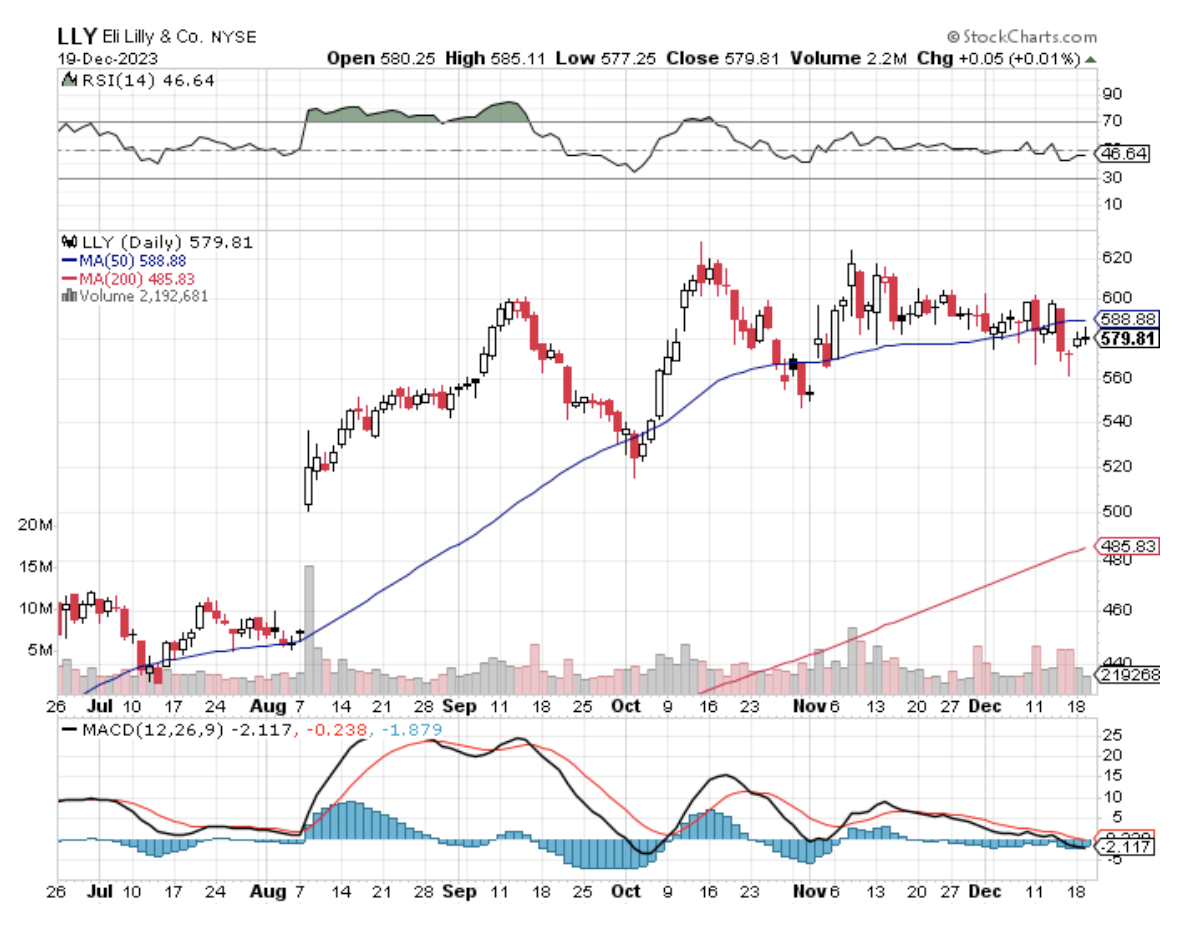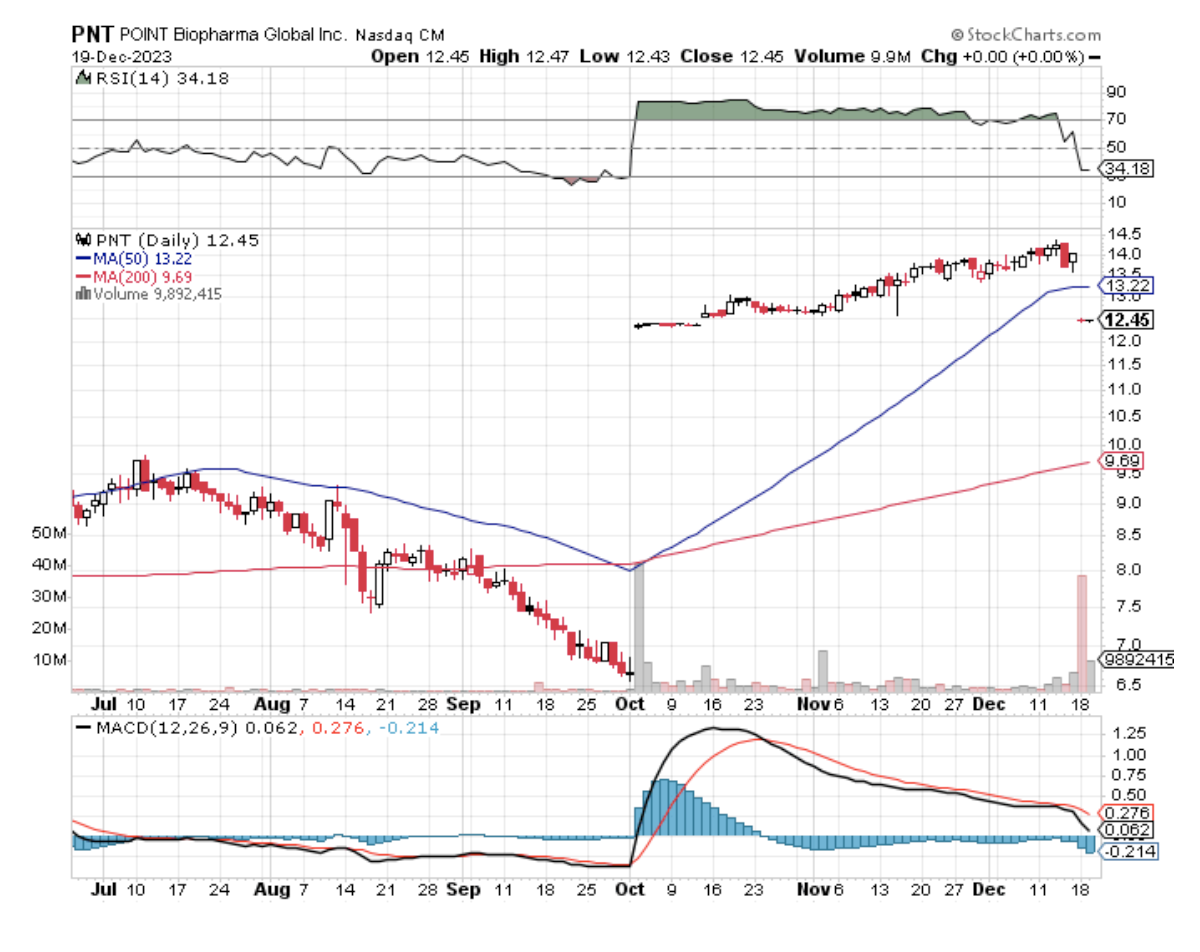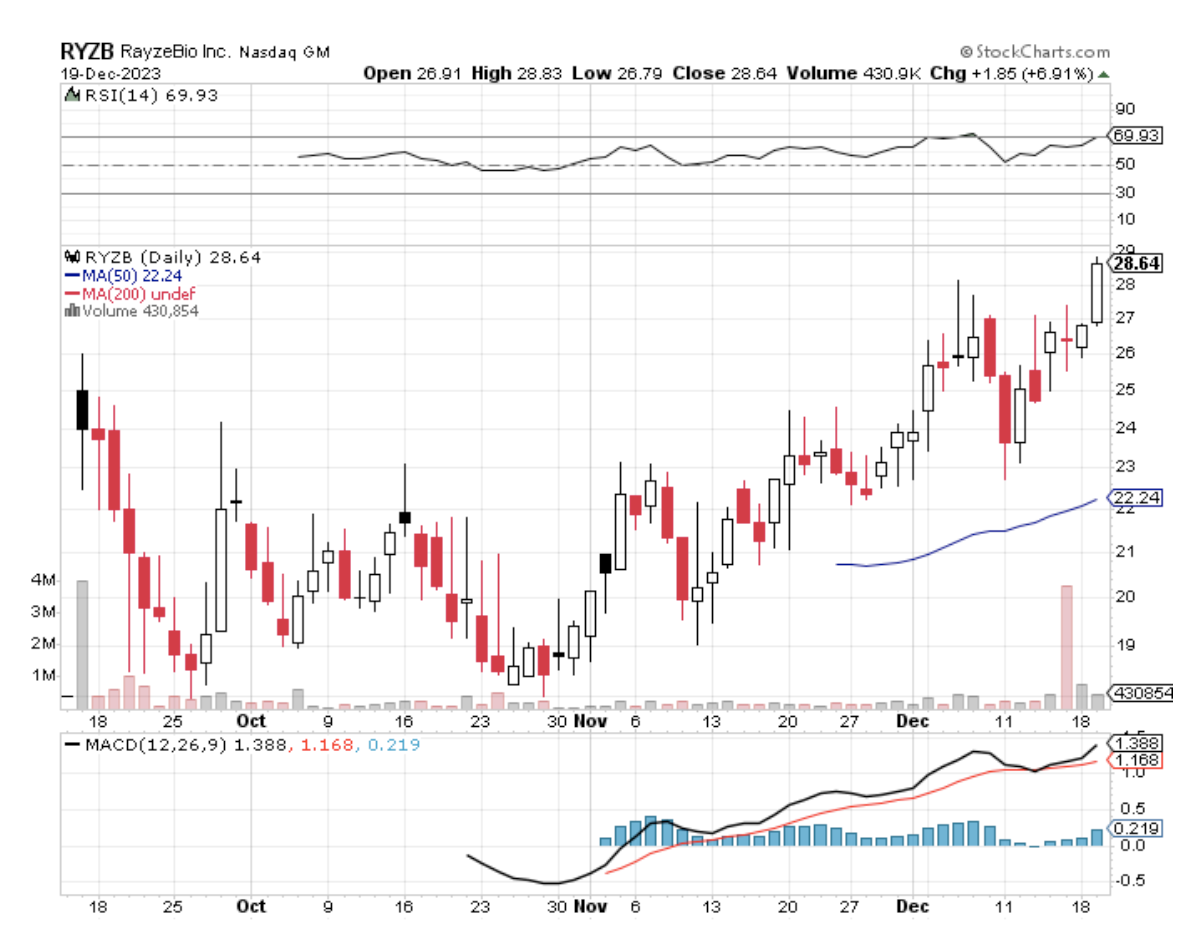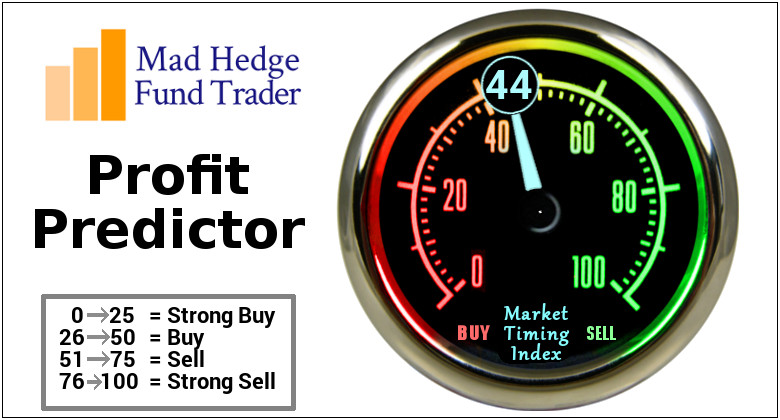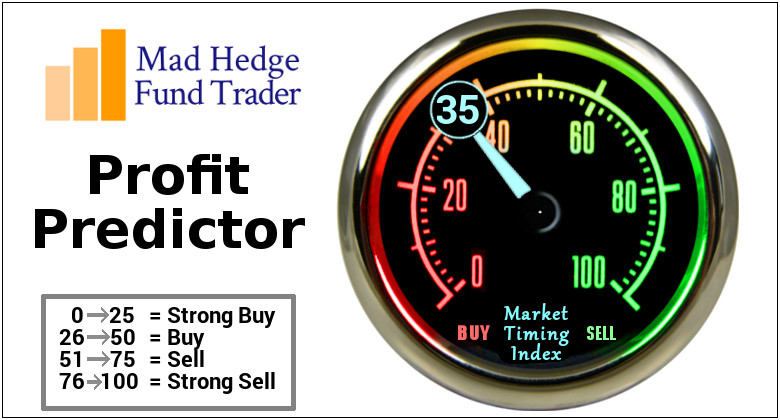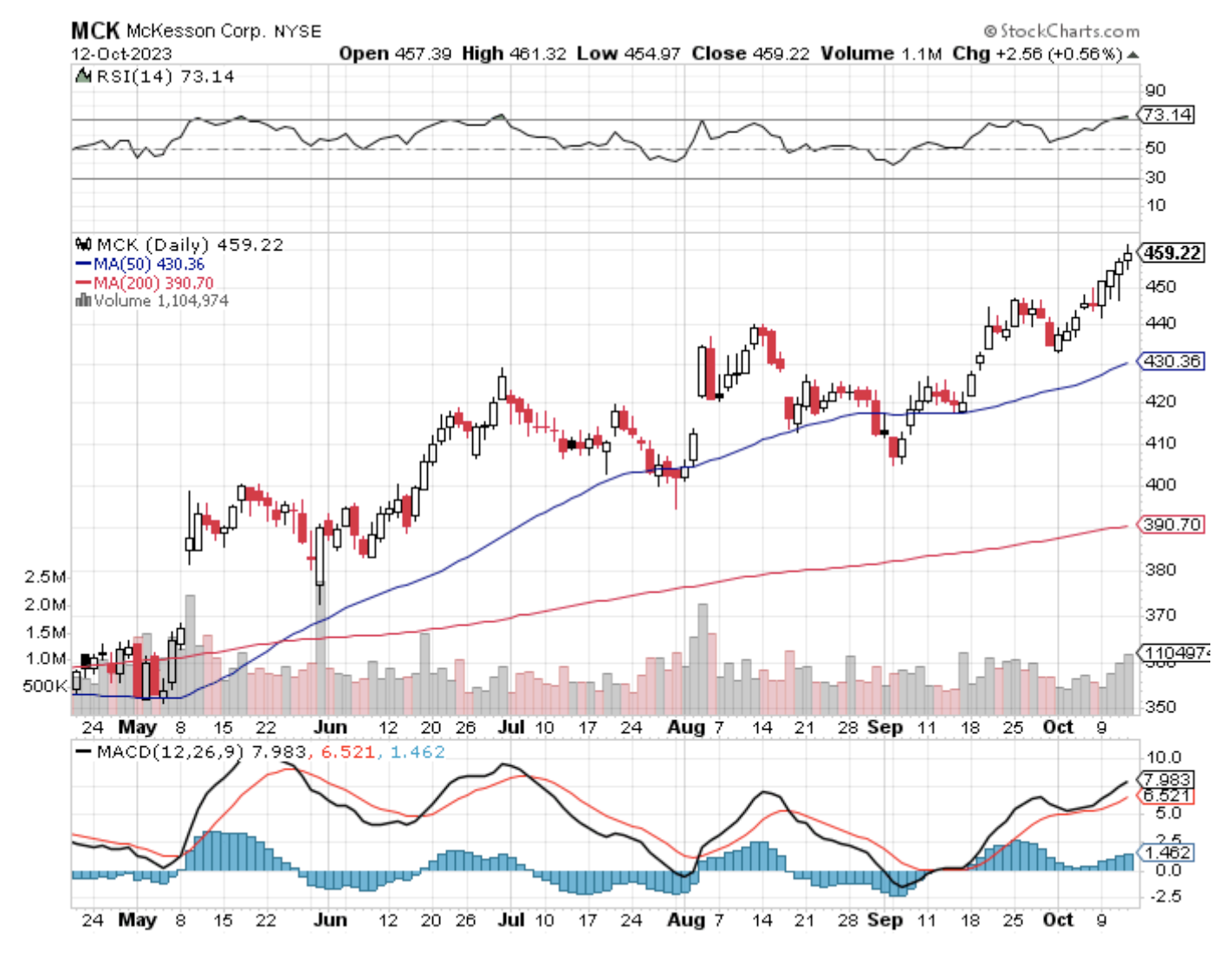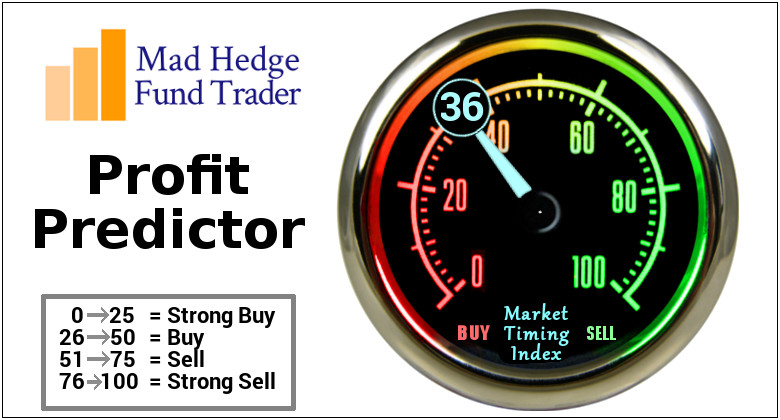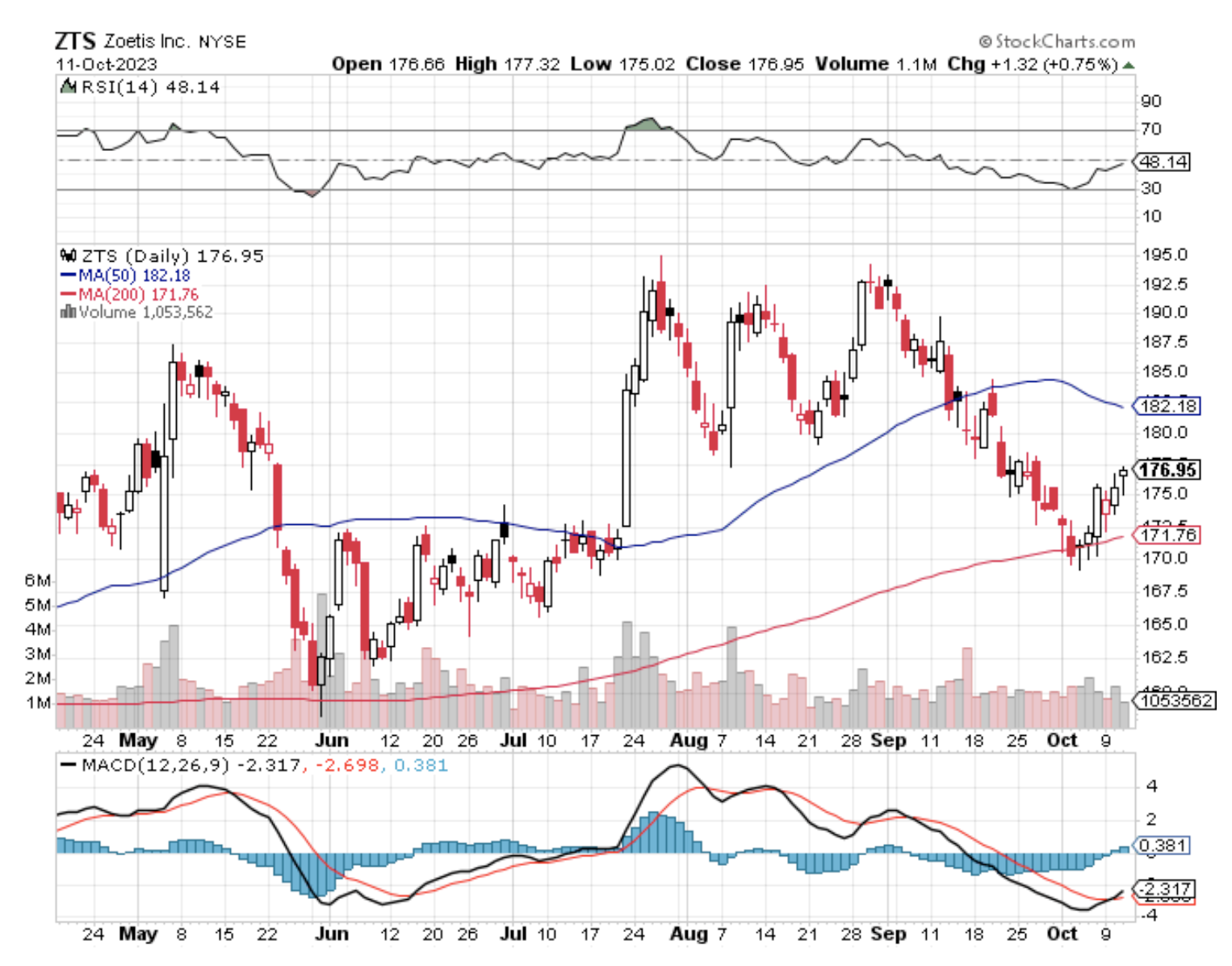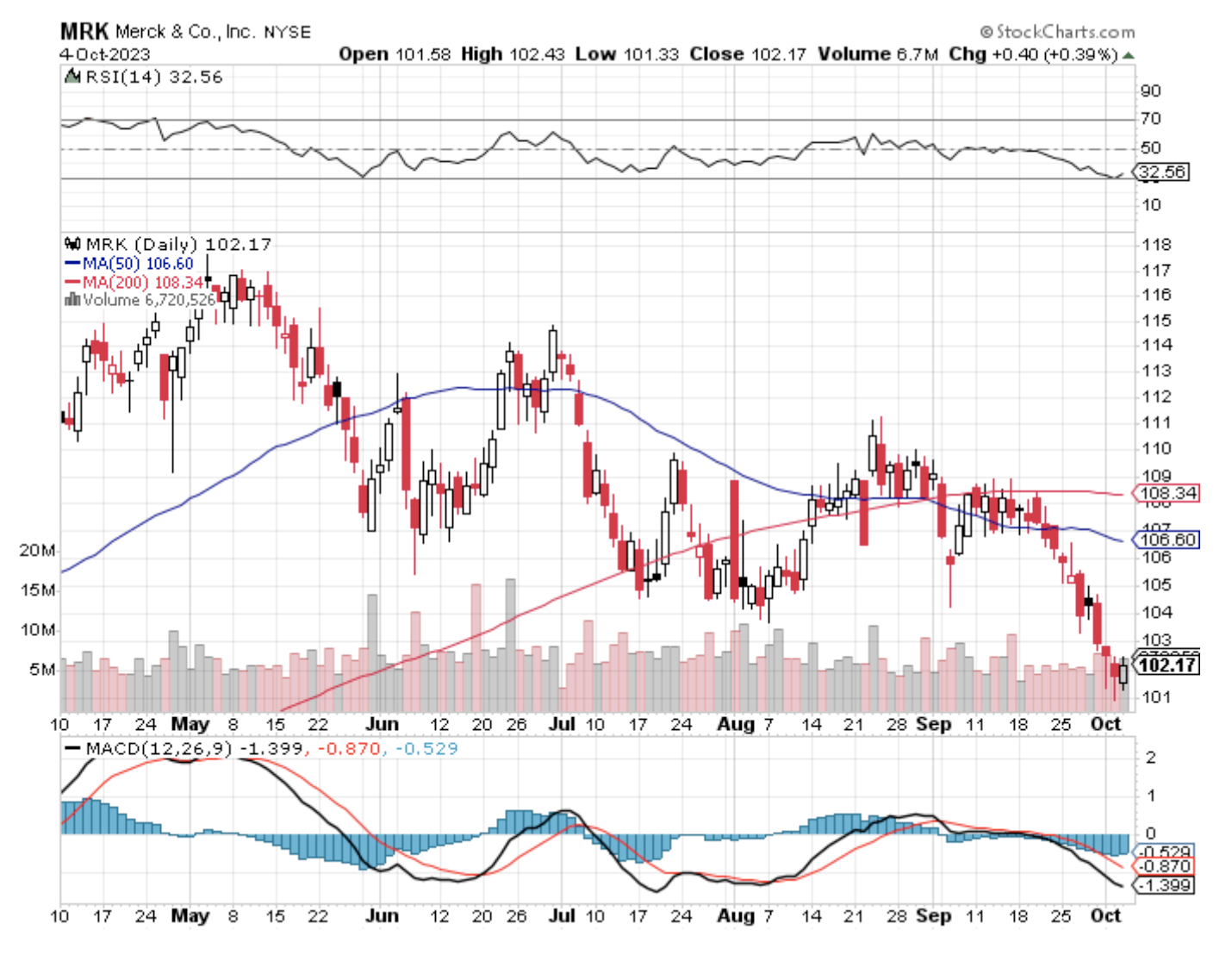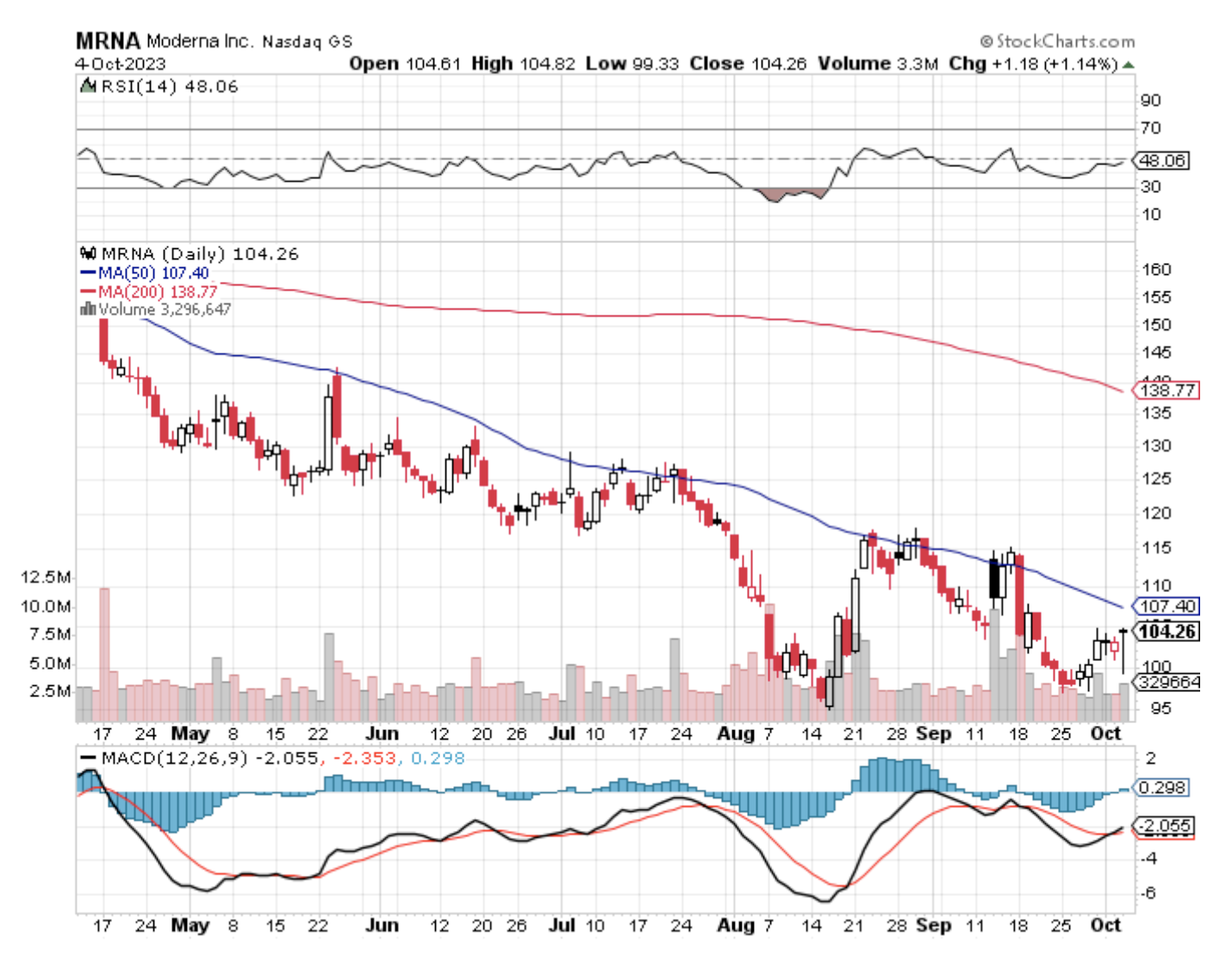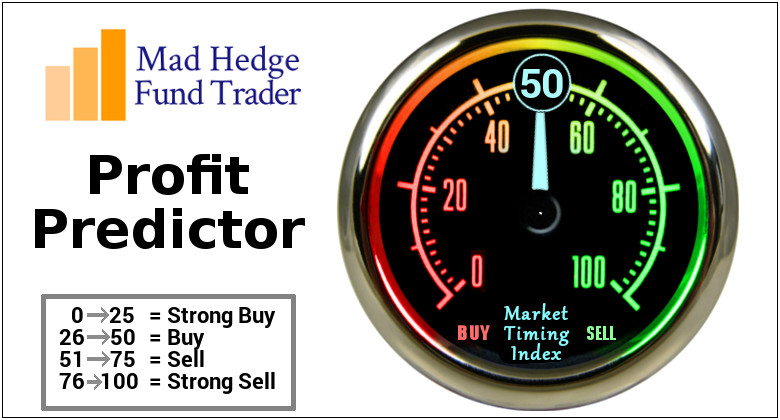Grab your notebooks because class is in session, and today's topic is radiopharmaceuticals.
Yes, you heard it right - radiopharmaceuticals. It’s not your everyday cocktail party topic, but it's certainly the buzzword in the biotech investing world. And let me tell you, the numbers are sizzling.
Venture capital deals in this sector have shot up by an eye-watering 550% to $408 million this year. Back in 2017, this figure was a mere $63 million. Talk about going from zero to hero.
The global market for these radioactive wonders zoomed past $5.2 billion in 2022 and is now racing towards an estimated $13.67 billion by 2032. That's a CAGR of 10.2% for the statisticians among us.
So, what's cooking in the radiopharmaceutical kitchen? Well, a lot, apparently.
Leading the pack are the heavyweights – Novartis (NVS) and Eli Lilly (LLY). Novartis has thrown its hat into the ring, making radiopharmaceuticals a showstopper in its oncology lineup. With stars like Lutathera and Pluvicto, they're not just playing; they're here to dominate.
As for Eli Lilly, they're playing catch-up but with style. They laid down a cool $1.4 billion for Point Biopharma Global — a biotech gem focusing on radioligand therapies. Notably, Point investors are playing hardball, waiting for a Phase 3 reveal.
Meanwhile, Eli Lilly's also buddied up with Mariana Oncology and its $175 million Series B – these guys are eyeing small cell lung cancer with a glint in their eye.
So, what does this mean for the investor universe? Well, in a nutshell, it's party time. Early-stage companies, especially those with their lab coats on in discovery and preclinical stages, are like magnets to investors right now.
There’s POINT Biopharma, which hails from Indianapolis, that went public on Nasdaq as of July 1, 2021. Remember the ticker symbol “PNT”? That's them, and they currently have roughly $1.33 billion in market cap.
Another promising option is Mallinckrodt Pharmaceuticals. These folks are into everything from specialty pharmaceuticals to, you guessed it, radiopharmaceuticals—an American-Irish charm, if I may say so.
Abdera Therapeutics, a Canadian startup (eh!), is also in the running. This company is all about precision radiotherapeutics. They're eyeing small-cell lung cancer, and they've got the funds to back it up.
And then there’s ARTBIO, with an impressive $90 million Series A six months post-launch.
There’s also RayzeBio (RYZB), which is based in sunny California. They're not just turning heads; they're opening wallets. This company raised a whopping $160 million in Series D last year and then sprinted towards a dazzling $311 million IPO just last September.
Between 2018 and 2023, US-based radiopharmaceutical companies attracted a hefty $1.2 billion in venture financing. The peak? A cool $262 million in 2021. And guess what? Most of this dough was for preclinical and discovery shenanigans.
But let's not forget the hurdles, particularly the supply challenges and overwhelming demand. Yet, despite these hiccups, the sector remains hotter than a summer in the Sahara.
Prior to this, ADCs (Antibody Drug Conjugates) dominated the conversation.
We witnessed Merck (MRK) confidently investing $4 billion in Daiichi Sankyo for their ADC prospects. Lilly was busy forming a cozy partnership with Mablink Bioscience. And let's not forget AbbVie (ABBV), which generously splurged $10.1 billion on ImmunoGen's Elahere.
To this day, ADCs are still the talk of the town. But here's the thing: radiotherapeutics might be the underdog next to ADCs, but they're catching up. Fast.
This sector is bubbling with potential, simmering with innovation. For investors and pharma bigwigs, radiopharmaceuticals are more than just a fad. They're the future.
So, what's the takeaway? Radiotherapeutics might not be grabbing the spotlight like ADCs, but they’re like that quiet kid in class who ends up acing the test.
Mark my words. This is one space in oncology that's set to make some serious noise in the coming years.

